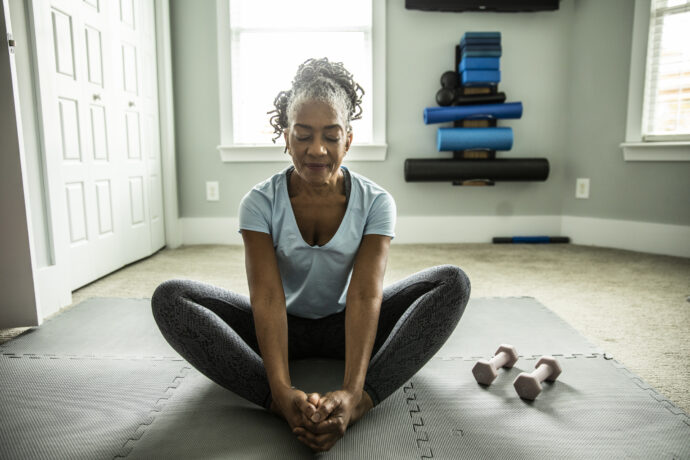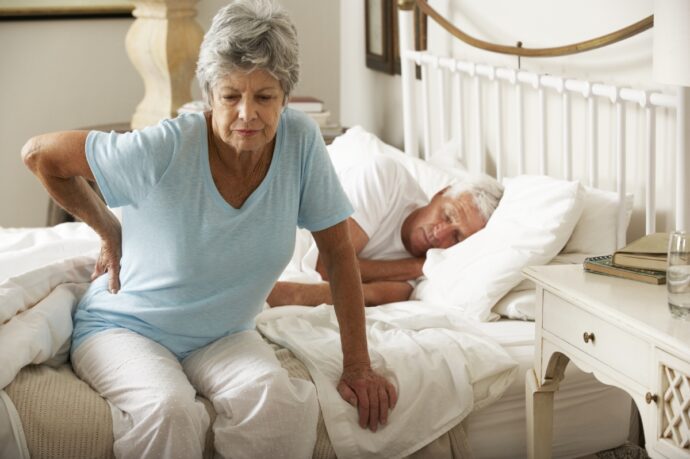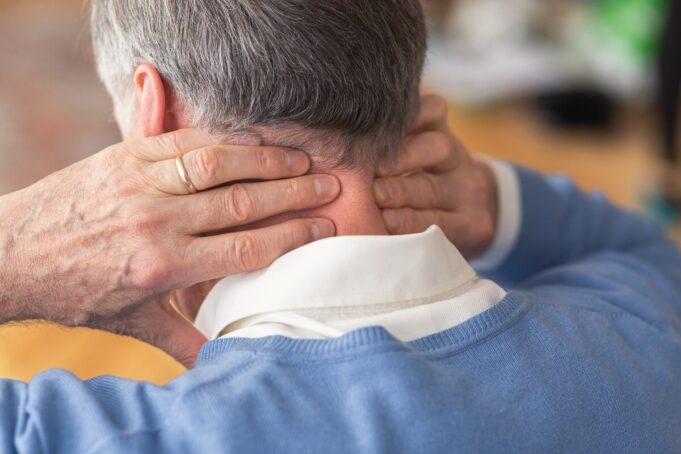With age, our bones and muscles start losing energy and strength. We become weaker and develop all sorts of pains in our bodies. Especially in old age, pains get worse and develop into chronic pains. A person in their 60s faces extreme chronic pain, and leaving it untreated could have several negative consequences.
Yes, chronic pain is treatable, but not opting for timely treatment could lead to a lack of activity, reduced mobility, and depression. So, understanding your pain and managing it is crucial for your health.
A pain that bothers you leads to sleepless nights and poor health. Therefore, understand the characteristics of your chronic pain and treat it using the following methods.
1. Visit a Professional and Take Medication
Pain in the elderly is common. At times it is not catered to appropriately. People subside it as something ignorable, but it isn’t. If your pain is worse, get it checked and treated.
No doubt with old age, bodies experience physical and psychological changes, but that is no reason to ignore your pain. Some senior citizens believe their pain to be part of aging or an aftereffect of a prolonged disease. However, it could be something serious and needs the attention of a medical care provider.
Your caregiver could assess your symptoms and come up with suitable pain medication. If you have inflammation-based chronic pain, you could get anti-inflammatory drugs. Sometimes, opioid painkillers also work, but they have to be taken in proper proportions. Otherwise, they could lead to harmful side effects.
No matter what kind of medication you take, have it in proportion recommended by your doctor or physician. Taking too much medication will have unimaginable side effects, and a lower dose will not affect your pain.
2. Stay Active

You might wonder how to remain active with all the chronic pain, but too much inactivity could add to your discomfort.
So, keep yourself busy with short walks to the park, water-based exercises, low-impact workout routines, and chair-based exercises. Take stress according to your comfort zone. No need to rush into anything.
There was a time when exercising was considered an activity for only healthy adults, but recent studies prove senior citizens can also benefit from the mild activity.
One such advantage is that it helps manage chronic pain in every body part. From your stiff shoulders to your neck, anything can get in shape with some proper workouts. Still, talk with your doctor before following random exercise videos.
3. Try Cold/Hot Therapy
Chronic pain could become a constant discomfort, and you will need immediate treatment. For that, cold/hot therapy often comes in handy. Cold therapy involves reducing inflammation using cooling packs.
On the other hand, hot therapy involves heating the affected area to increase circulation and stimulate the natural healing process of your body.
4. Opt for Alternative Treatments

Chronic pain can be debilitating, and while medication is a common approach, there are alternative methods that can also provide relief. This section explores some alternative treatments for chronic pain that can be considered in addition to medication.
Acupuncture: Inserting Needles for Pain Alleviation
Acupuncture is an ancient Chinese practice that involves the insertion of sterilized needles into specific points on the body. This alternative treatment aims to stimulate and balance the body’s energy flow, known as Qi. By targeting these energy pathways, acupuncture can help alleviate chronic pain. It is essential to seek a trained and certified acupuncturist for safe and effective treatment.
Chiropractic Adjustments: Aligning Body Parts for Pain Relief
Chiropractic adjustments involve the manual manipulation of the spine and other body parts to improve alignment and relieve pain. This alternative treatment focuses on the musculoskeletal system and its impact on overall health. By correcting misalignments, chiropractic adjustments can help reduce chronic pain. It is crucial to consult a licensed and experienced chiropractor for this treatment.
Herbal Medicines: Natural Remedies for Pain Management
Herbal medicines offer an alternative approach to pain management. Certain herbs possess anti-inflammatory, analgesic, and muscle-relaxant properties, which can be beneficial for chronic pain. However, it is important to consult a qualified herbalist or healthcare professional before using herbal remedies to ensure safety, appropriate dosage, and potential interactions with any medications.
5. Reduce Stress
Stress is a prime reason for most of our pains. As we age, the stress increases and becomes worse. Even in old age, one goes through multiple kinds of stress, and it might be the reason behind chronic pain.
Managing stress could be a way to manage pain. You could talk with your family and friends and share your problems. Family support is a big help in keeping stress levels in control.
Similarly, you could keep a diary with you and write down all your feelings or perform yoga to ease yourself. Yoga is great for the elderly. It keeps your body and mind in shape. There are options for psychotherapy as well to maintain your emotional state. The better you handle your stress, the lower the chances of experiencing chronic pains.
Don’t let stress make your life worse. Try all possible ways to maintain your health.

6. Discuss Things with Your Caregivers
No one can understand your pain better than your caregiver. In old age, your caregivers spend the most time with you. They manage your medication, daily routine, and all sorts of problems. So, discuss it with your caregiver.
Mentioning your problems could help your caregiver find a strategy to manage the pain. Your caregiver has experience and could use massages or therapies to cure your pain.
Another reason to mention your problem to your caregiver is that they are most aware of your condition. So, if your condition or symptoms are different than what you regularly experience, a caregiver can notice.















